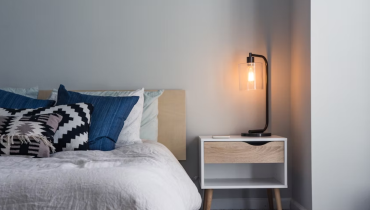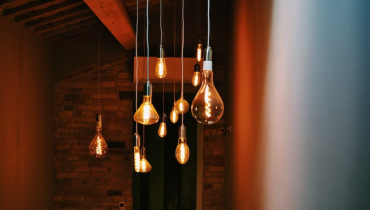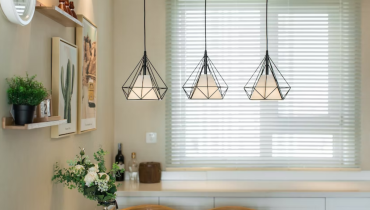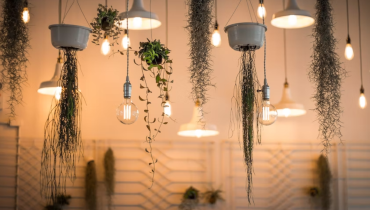For anyone who’s ever had to cram for an exam at the last minute, or power through a long night of studying, you know how important it is to have the right lighting. Lighting that is too bright can be distracting and uncomfortable. Lighting that is too dim can lead to eye strain, headaches and poor productivity. Whether you’re a student studying in your dorm room or a professional working from home, here are 3 lighting recommendations to help make sure you get the most out of every study session. From warm-toned lamps to LED strips, there’s something for everyone in this list! Read on to find out more.
Desk lamps
There are many different types of desk lamps available on the market, so it is important to choose the one that best suits your needs. If you are looking for a lamp to provide general lighting for your desk, then a basic model with an adjustable arm and shade will suffice. However, if you need a more powerful light for reading or working on detailed projects, then you will want to invest in a higher-quality lamp with multiple light settings.
When choosing a desk lamp, it is important to consider the level of illumination that you require. If you only need a small amount of light, then a low-wattage bulb will be sufficient. However, if you need brighter light for reading or working on detailed projects, then you will want to choose a lamp with a higher wattage bulb. In addition, you will also want to consider the size of the shade and the adjustability of the arm when selecting a desk lamp.
Overhead lights
Good overhead lighting is essential for studying. It should be bright enough to illuminate your work area, but not so bright that it distracts you from your work. If possible, position your overhead lights so that they shine directly on your desk or work surface. This will help you see your work more clearly and avoid shadows and glare.
Natural light
One of the best things you can do when it comes to finding the right lighting for studying is to take advantage of natural light. If you can, sit near a window while you study so that you can get some natural light. This will help to keep you from getting too sleepy and will also help to improve your focus.
How to set up your lighting for studying
To set up your lighting for studying, you’ll need a few things:
1. A light source that’s bright enough to illuminate your work area without being so bright that it’s distracting or uncomfortable.
2. A way to direct the light onto your work surface.
3. A way to diffuse the light if necessary.
Here are a few tips for each of these:
1. Choose a light source that’s bright enough to illumine your work area without being so bright that it’s distracting or uncomfortable. Many people find that natural sunlight is the best option for this, but if you don’t have access to a window, an artificial light source will do. Just be sure to position it so that it doesn’t shine directly into your eyes.
2. To diffuse the light, you can use a sheet of paper or fabric placed between the light source and your work surface. This will help to reduce glare and make the light more comfortable to work under.







